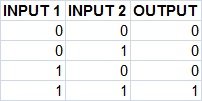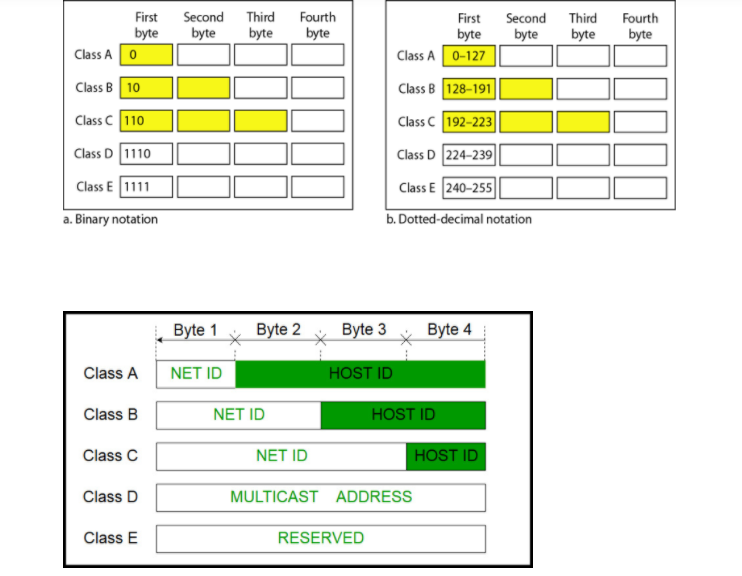Time-division multiplexing (TDM)
Time-division
multiplexing (TDM) is a method of putting multiple data streams in a single
signal by separating the signal into many segments, each having a very short
duration. Each individual data stream is reassembled at the receiving end based
on the timing.
The circuit that combines signals at the
source (transmitting) end of a communications link is known as a multiplexer.
It accepts the input from each individual end user, breaks each signal into
segments, and assigns the segments to the composite signal in a rotating,
repeating sequence. The composite signal thus contains data from multiple
senders. At the other end of the long-distance cable, the individual signals
are separated out by means of a circuit called a demultiplexer, and routed to
the proper end users. A two-way communications circuit requires a
multiplexer/demultiplexer at each end of the long-distance, high-bandwidth
cable.
If many signals must be sent along a single long-distance line, careful engineering is required to ensure that the system will perform properly. An asset of TDM is its flexibility. The scheme allows for variation in the number of signals being sent along the line, and constantly adjusts the time intervals to make optimum use of the available bandwidth. The Internet is a classic example of a communications network in which the volume of traffic can change drastically from hour to hour. In some systems, a different scheme, known as frequency-division multiplexing (FDM), is preferred.
Applications of TDM
The first TDM was developed for telegraphy
application. Using this system, multiple data transmission were routed over a
single transmission line. Nowadays TDM is used for many applications which are
given below.
1. TDM is used in digital audio mixing system.
2. TDM or Time Division Multiplexing is used in Pulse Code Modulation(PCM) transmission system.
3. In the optical data transmission system or optical fiber communication, Time Division Multiplexing mostly used.
4. Time Division Multiplexing or TDM is used in SONET(Synchronous Optical Networking)
5. Time Division Multiplexing or TDM is used in landline phone system such as Signaling System 7 or SS7. Here up to 24 separate phone calls or phone conservation can be multiplexed and demultiplexed.
6. In Half Duplex Communication system, TDM or Time Division Multiplexing is used.
7. Time Division Multiplexing is used in Integrated Service Digital Network or ISDN telephone system.
8. TDM also used in Public Switched Telephone Network or PSTN system.
9. TDM is used in Synchronous Digital Hierarchy or SDH system.
10. TDM is used in GSM or Global System for Mobile communication technology.
11. TDM is used in Satelite Acess system.
12. TDM is used in Cellular Radio.




